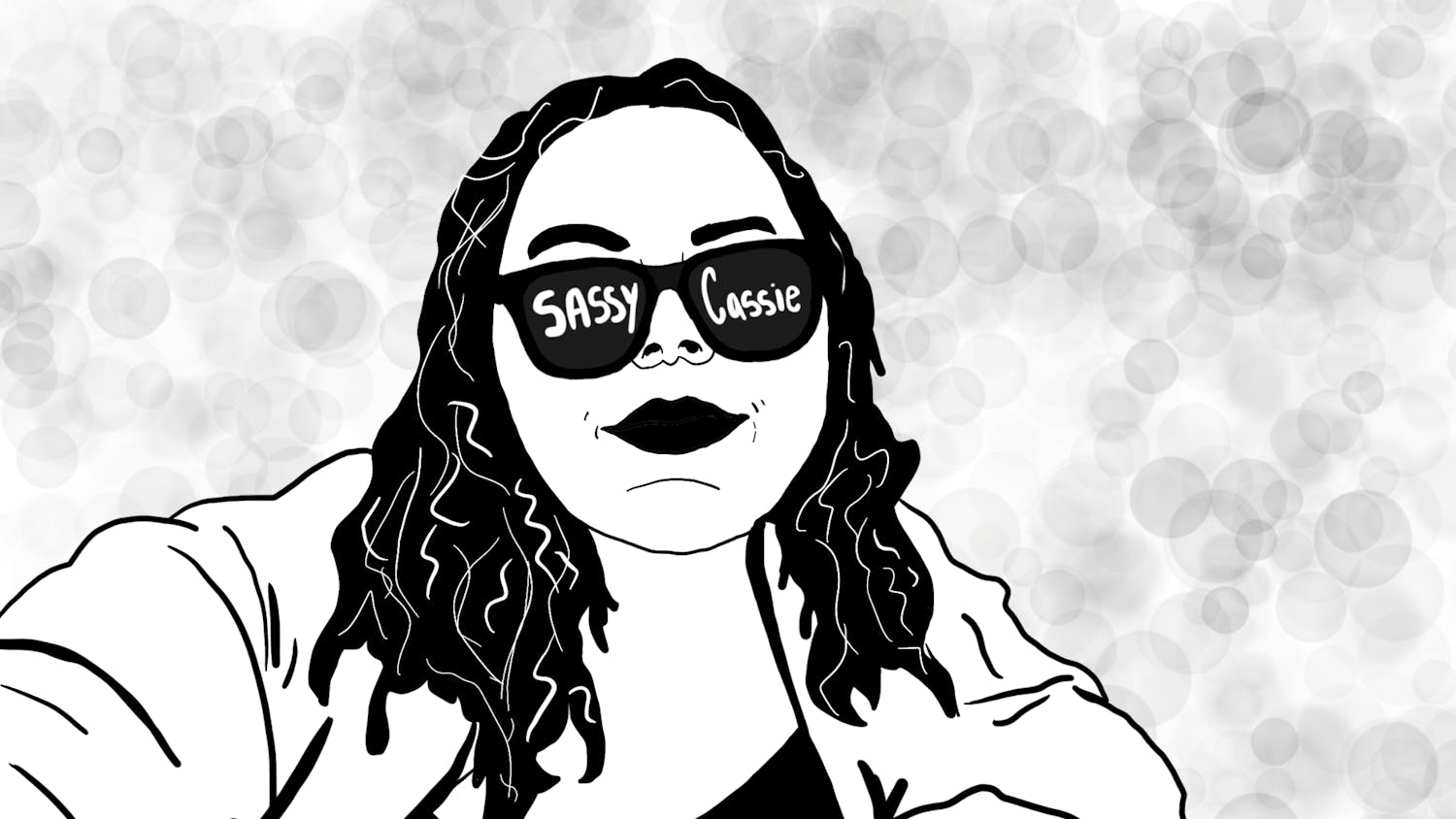Horror has slowly come into the mainstream. Starting as industry staples, before moving underground and eventually reinventing itself. This can be categorized in a simple trajectory of Dracula to Night of the Living Dead to Halloween. Horror has been a constant element of the media, and it’s not going anywhere. James Wan’s Malignant is slated for Sept. 10 and promises to have a few scares with its release.
For horror fans, the sense of “terror” a film instills is a fine art. Jump scares are cheap, and the atmosphere is key. While films like Scream have written the rules of the slasher genre, any film in it’s vein must recognize the ironic nature of these tropes.
From this point, horror has fractured outwards across media to be in podcasts like “Creepy,” tv shows like The Terror and comics like “Ice Cream Man.” However, there is no better home to find horror than in the pages of a Junji Ito story.
Junji Ito is a former dental technician turned mangaka. His works have developed a cult following through official and unofficial translations of his work. While the announcement of the adaptation “Uzumaki” has gathered international attention.
Inspired by Kazuo Umezo, Hideshi Hino and H.P. Lovecraft, Junji Ito’s work verges on cosmic horror with elements of nihilism and body horror. Telling stories ranging from spirals to family lineage, Ito’s work has a distinct style. This style is characterized by pacing and genre body horror.
Body horror is a sub-set of the larger horror genre and denotes horror fiction obsessed with transformation of the body. Ito talks about it being a core aspect of his work. Characterized by scenes of transformation, and loss of control of one’s body is an inescapable reality.
An early example of the genre can be found in Franz Kafka’s “Metamorphosis.” The story follows Gregor as he wakes up as a bug, faces rejection then dies to the joy of his family. A horrific commentary on alienation, Kafka’s work is an example of early body horror.
Body horror ranges from the most benign of doubles replacing us in Invasion of Body Snatchers, the film acting as a clever commentary on the Red Scare. While Tetsuo’s ballooning into a blob of metal and flesh in Akira, is a horrific allegory for a rapidly expanding Japan.
Though not all horror aims to propose a literary theory, it does pose interesting questions for the reader to think through. Take Junji Ito’s series Uzumaki. Upon Kirie Goshima’s return to her hometown she realizes unnatural occurrences of spirals. In the sky, plants, pottery and bodies of the inhabitants of the town. To such a point the appearance of a spiral on a forehead marks a horrid transformation of the character.
Containing stories of transformation due to spirals, Uzumaki’s general story structure follows a spiraling pattern. Each chapter leading into the next, slowly working to the central meaning of the story, a reflection of his stories pacing.
The pacing of Junji Ito’s work is strictly a rising action. There is rarely a flashback or flash forward, as each scene is played out in succession. Tension is allowed to grow from page one to one hundred, as each moment only builds the suspense.
Horror fans uninitiated in Junji Ito’s work should start with “Uzumaki” or his adaptation of Frankenstein. The collection has the award-winning adaptation of Frankenstein. While the stories of Oshikiri are surreal, there are surprises of horror.
Both collections are available for purchase through the Little Professor Bookstore. If you're between horror films or you are looking for some new scares, look no further than Junji Ito.
Ben Ervin is a senior studying English literature and writing at Ohio University. Please note that the views and opinions of the columnists do not reflect those of The Post. Want to talk more about it? Let Ben know by emailing him be425014@ohio.edu.






